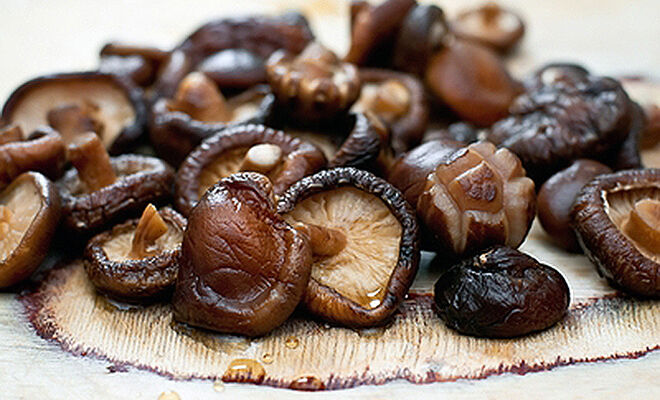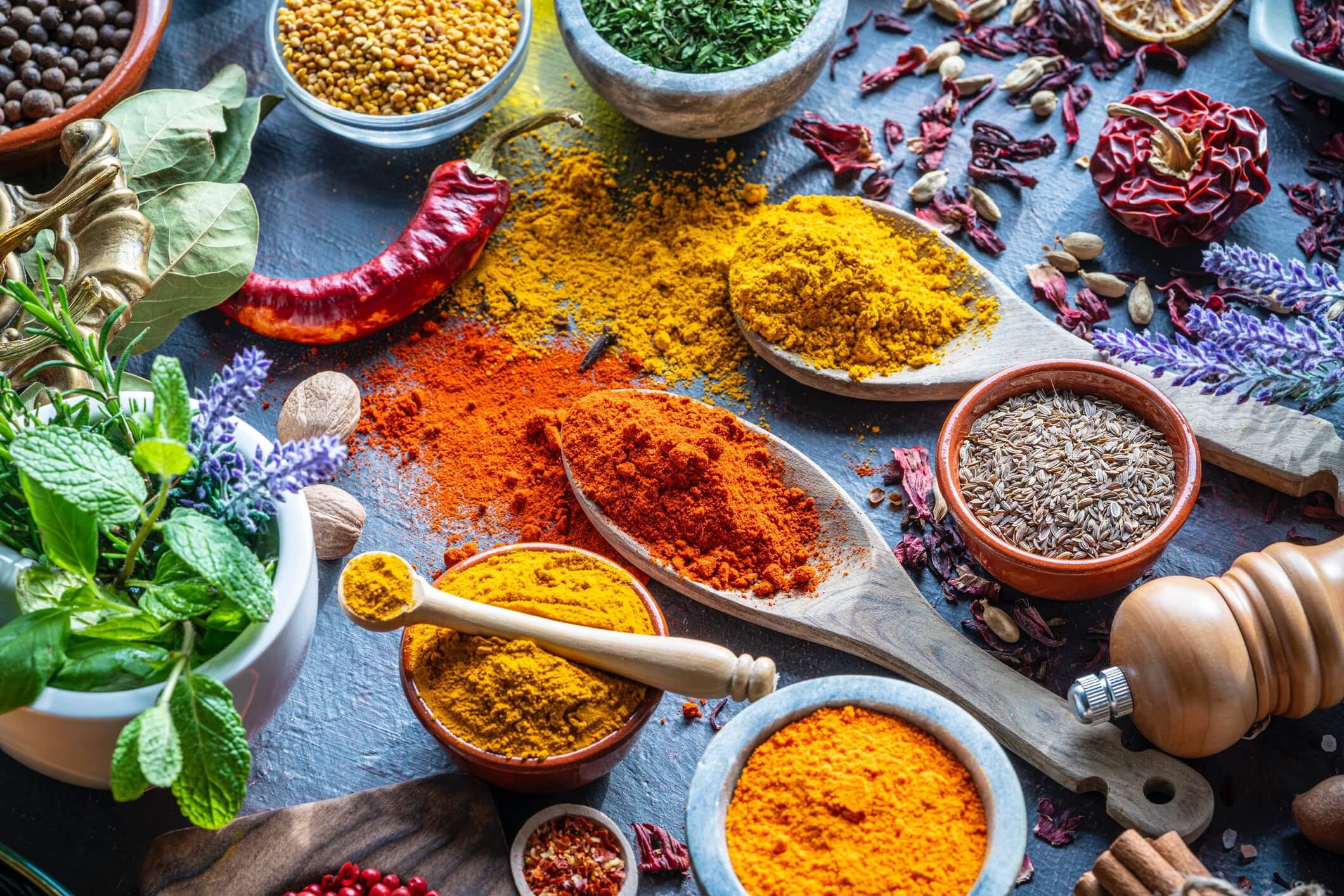Umami, also known as the fifth taste, is a flavor that is often observed in savory dishes. It is a Japanese term that emerged in the early 1900s, and it literally means “deliciousness.” While umami has long been recognized in Japanese cuisine, the Western world has only recently begun to understand and appreciate it as a unique taste. In this blog post, we will explore what umami is and how it can be incorporated into your cooking.
So, what is umami? It is often described as a savory, meaty, or brothy flavor that lingers on the tongue. Umami is caused by the presence of glutamate, an amino acid that is found in many foods, including meat, fish, cheese, and vegetables such as mushrooms and tomatoes. When glutamate is combined with other substances, such as in soy sauce or broth, it creates a complex and satisfying flavor that is often compared to the taste of MSG (monosodium glutamate).
Incorporating umami into your cooking can be as simple as using ingredients that are naturally high in glutamate, such as mushrooms, soy sauce, and Parmesan cheese. However, there are also ways to enhance umami through cooking techniques. Slow-cooking meats and vegetables can help to bring out their natural umami flavor, while caramelizing onions or roasting tomatoes can add depth and richness to a dish.
Umami can also be used as a way to balance flavors in a recipe. For example, adding a touch of soy sauce to a dish that is too sweet can help to create a more complex and balanced flavor profile. Likewise, adding a bit of Parmesan cheese to a dish that is too acidic can help to mellow out the sharpness of the dish.
As umami continues to gain recognition in Western cuisine, it is being used in more creative ways. Umami burgers, for example, are increasingly popular, and many chefs are experimenting with umami-rich ingredients such as miso, seaweed, and dashi broth. Umami can also be used to create unique flavor combinations, such as pairing Parmesan cheese with honey or combining soy sauce with ginger and garlic.
In conclusion, umami is an exciting and complex flavor that can add depth and richness to your cooking. Whether you are using ingredients that are naturally high in glutamate or incorporating umami through cooking techniques, this fifth taste can help to balance and enhance the flavors in your dishes. So, next time you are in the kitchen, consider exploring the world of umami and see how it can take your cooking to the next level.











